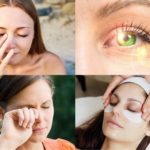Retinol is a skincare ingredient that has been gaining popularity, and for good reason. But before we dive into the benefits of retinol and how to choose the right concentration for your skin type, let’s talk about what it is and how it’s related to vitamin A.
1. Choosing the Right Retinol Concentration for Your Skin Type
Thin, Sensitive, and Dry Skin
Dermatologist Dr. Marina Peredo warns that retinol can cause irritation, especially for sensitive skin. It’s important to introduce it gradually. Dr. Goldfaden agrees and recommends that those with thin, sensitive skin, or those new to retinol, start with a lower concentration, such as 0.025%.
 Paula’s Choice Skin Balancing Super Antioxidant Concentrate Serum
Paula’s Choice Skin Balancing Super Antioxidant Concentrate Serum
A good option for sensitive skin is Paula’s Choice Skin Balancing Super Antioxidant Concentrate Serum With Retinol, which contains 0.03% retinol. After a few weeks of using this product, you can gradually move on to a higher concentration if your skin tolerates it well.
For dry skin, you can opt for a higher concentration of retinol, starting with 0.5% to allow your skin to adjust, and then increasing to 1% for optimal results. Dry skin tends to be darker and thicker than other skin types, so a higher concentration of retinol is often necessary to achieve the desired effects.
Normal and Combination Skin
If you have normal or combination skin, you can start with a higher concentration of retinol. For example, La Roche-Posay Redermic R Anti-Wrinkle Treatment contains 0.3% retinol. Depending on how your skin reacts, you can gradually increase the concentration over a few months.
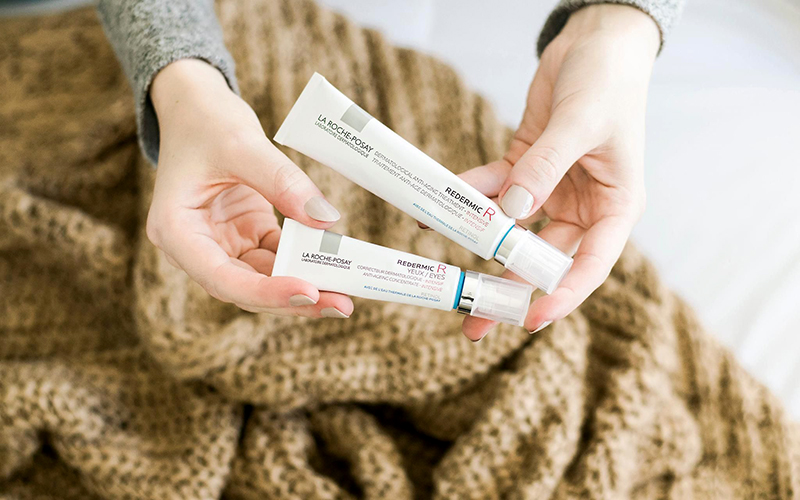 La Roche-Posay Redermic R Anti-Wrinkle Treatment for Normal and Combination Skin
La Roche-Posay Redermic R Anti-Wrinkle Treatment for Normal and Combination Skin
Dr. Goldfaden suggests that while you don’t need to be overly concerned when first starting with retinol, it’s important to monitor your skin for any signs of irritation, such as redness, dryness, itching, or general sensitivity. Once your skin has adjusted and is ready for a higher concentration, she recommends SkinCeuticals Retinol 0.5, which contains 0.5% pure retinol.
Resilient Skin
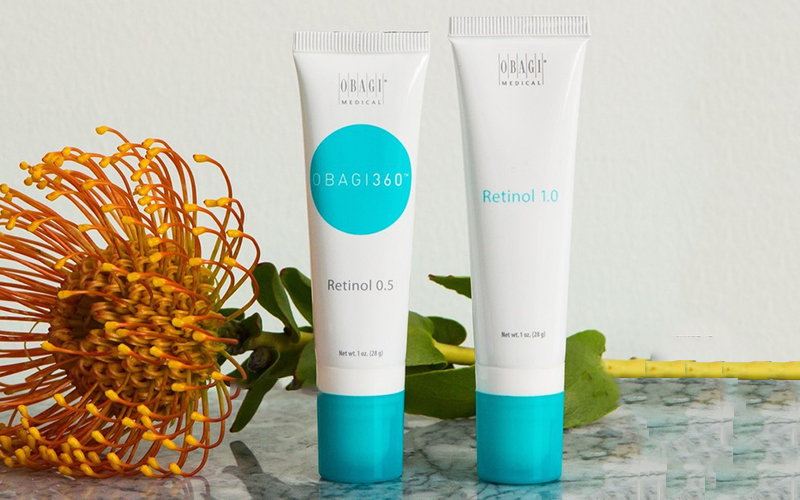 Obagi Medical Obagi360 Retinol 0.5
Obagi Medical Obagi360 Retinol 0.5
According to Dr. Goldfaden, resilient skin tends to be darker and thicker than other skin types, so it can usually tolerate retinol well from the start. She recommends starting with Obagi Medical Obagi360 Retinol 0.5, which contains 0.5% retinol. Once your skin has adjusted, you can move on to Obagi360 Retinol 1.0, which contains 1% retinol.
2. Things to Keep in Mind When Choosing Retinol
If you have a lot of skin concerns, such as wrinkles, you may be tempted to use a higher concentration of retinol. However, Dr. Goldfaden advises that the highest concentration of retinol available without a prescription is 2.0%. If your skin can tolerate this concentration, you can try Dr. Brandt Overnight Resurfacing Serum.
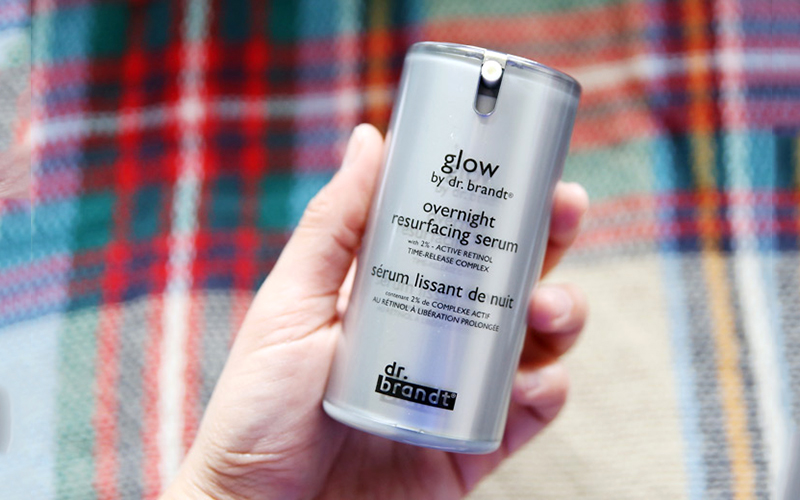
Dr. Goldfaden also recommends being cautious when using retinol around the eye area, as it can cause burning and irritation. If you want to use retinol near your eyes, opt for a product specifically designed for this sensitive area, such as La Roche-Posay’s Redermic R Eyes, which contains 0.01% retinol to minimize irritation.
Additionally, when choosing retinol, consider the climate you live in, as it can affect your skin’s sensitivity. Dr. Goldfaden suggests that if you live in a dry, cold climate, you should use a cream formulation, such as Philosophy Help Me, to prevent excessive dryness.
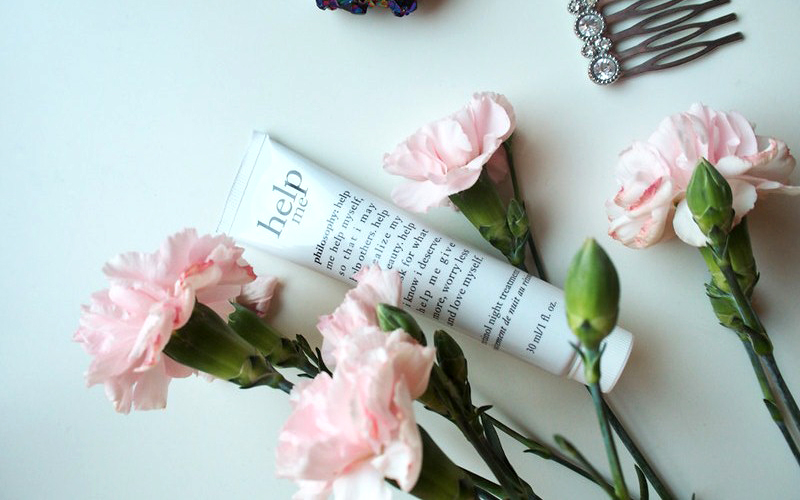
Retinol is also sensitive to air exposure, so it’s best to choose products in tubes or pumps with packaging that protects against sunlight.
3. Notes and How to Use Retinol
How to Use Retinol
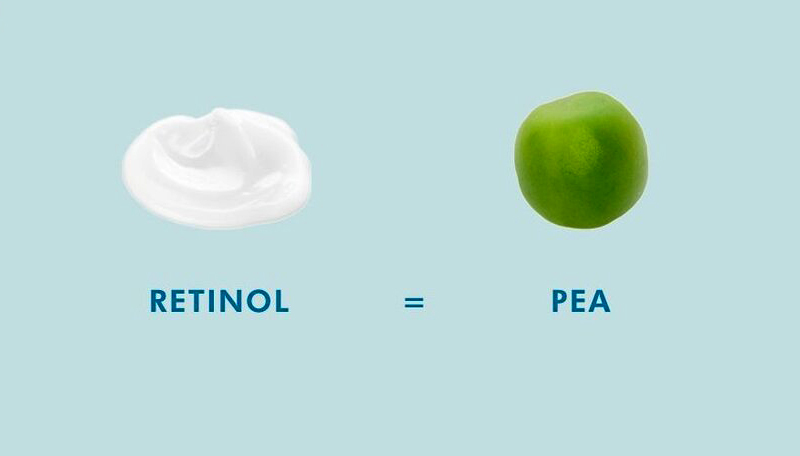 Steps for Using Retinol
Steps for Using Retinol
– Start by thoroughly cleansing your skin with a gentle cleanser and lukewarm water to ensure your skin is clean and prepped for the next steps. Then, exfoliate your skin 2-3 times a week, followed by a toner to balance and remove any remaining impurities. You can also apply a serum if you wish.
– Wait for at least 30 minutes after cleansing before applying retinol to avoid any stinging sensation. Dispense a pea-sized amount of retinol onto your fingertips and gently smooth it over your face, avoiding the eye and mouth areas. Finish with a moisturizing cream to counteract any dryness caused by the retinol.
Notes on Using Retinol
– When first starting out, use retinol only once or twice a week (or every two weeks if your skin is extremely sensitive). Gradually increase the frequency to twice a week, and then daily as your skin becomes accustomed to it. If you experience redness or discomfort when increasing the frequency, go back to the previous frequency.
 Notes on Using Retinol
Notes on Using Retinol
– Retinol can make your skin more sensitive, so it’s best to use it at night. In the morning, always apply a broad-spectrum sunscreen with an SPF of at least 30, regardless of the weather or whether you plan to spend time outdoors.
– If you have extremely sensitive skin, consider using products containing vitamin A esters, such as retinyl palmitate or retinyl acetate, before switching to pure retinol.
– Be cautious when using retinol with other acidic products, such as AHAs, BHAs, or vitamin C, as they can either neutralize each other or be too strong for your skin, especially if it’s sensitive.
– Pregnant women should also avoid using retinol as it can negatively impact fetal development. Always consult a dermatologist before using retinol if you are pregnant or planning to become pregnant.
We hope that now you know how to choose the right retinol concentration for your skin type. While retinol is a “miracle worker” for acne-prone skin, it’s important to exercise caution to avoid any negative side effects.


























